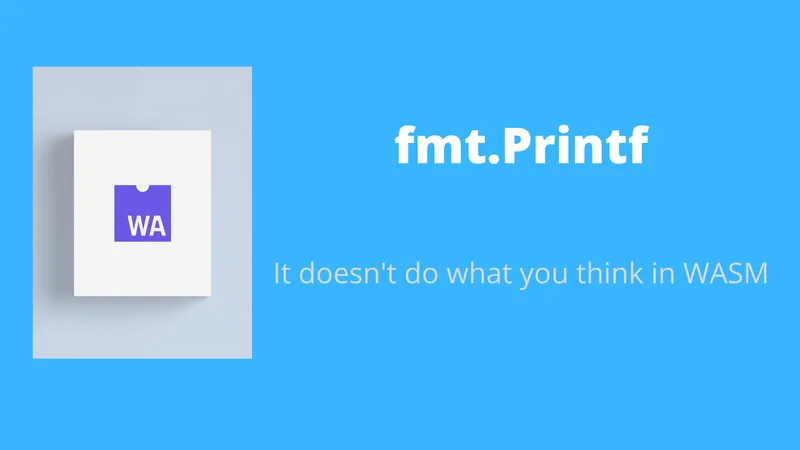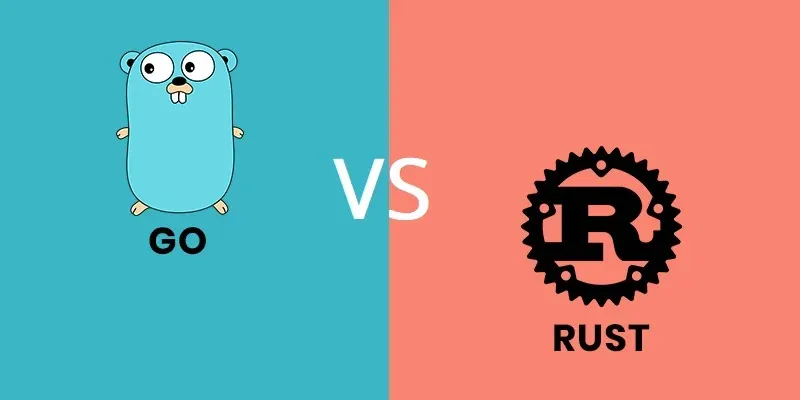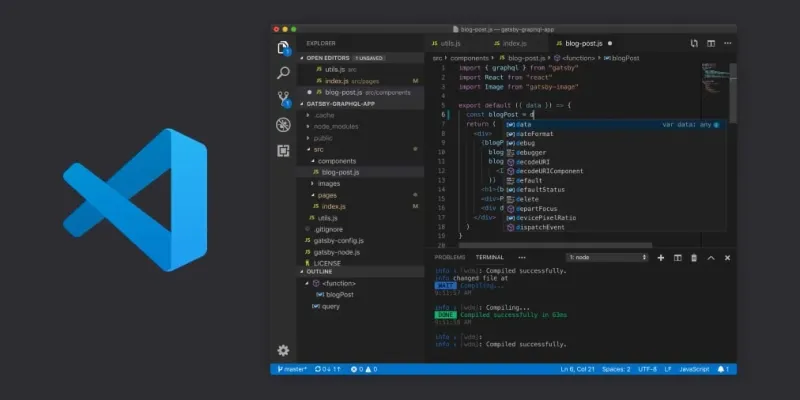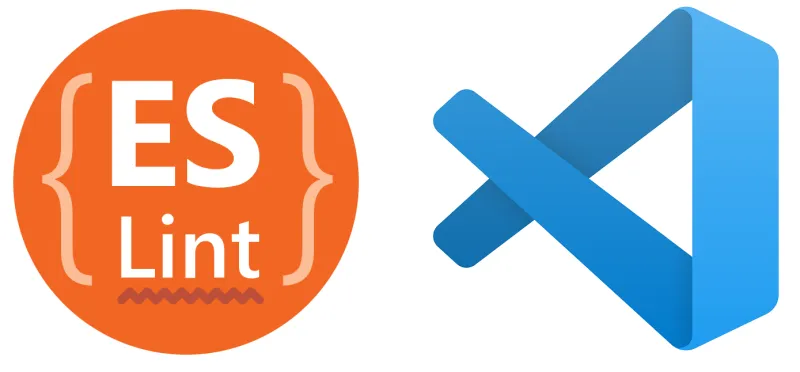Boot.dev Blog - Pg. 13
-


(Very) Basic Intro to Lattices in Cryptography
Aug 21, 2020 by Lane WagnerLattice-based cryptography, an important contender in the race for quantum-safe encryption, describes constructions of cryptographic primitives that involve mathematical lattices. Lattices, as they relate to crypto, have been coming into the spotlight recently. In January 2019, Many of the semifinalists in the NIST post-quantum-cryptography competition were based on lattices. Lattice-based cryptography has promising aspects that give us hope for cryptographic security in a post-quantum world.
-


Shamir's Secret Sharing Step-By-Step
Aug 18, 2020 by Lane WagnerAdi Shamir’s Secret Sharing is a cryptographic algorithm that allows distinct parties to jointly share ownership of a single secret by holding shares. The original secret can only be reconstructed by using a minimum number of shares, which allows different parties to cooperate without the need to fully trust one another.
-


They Who Control Encryption
Aug 12, 2020 by Lane WagnerIf you’ve seen The Imitation Game or studied computer science in school, you have likely heard of Enigma, Alan Turing, or some of the other advances in cryptography that took place during the Second World War. During this time and until the 1970s, governments from around the world had near-total control of all cryptographic systems. It was nearly impossible to learn about encryption without going through a government agency.
-


Unexpected Printf Behavior in Go WASM - Nothing Prints
Aug 10, 2020 by Lane WagnerWhile working on boot.dev’s Go Playground, I came across a very strange error. The standard library’s fmt.Printf() function prints nothing to the console when called. Nothing.
-


HMAC and MACs - The Inner Workings of JWTs
Aug 05, 2020 by Lane WagnerHMACs and MACs are authentication codes and are often the backbone of JWT authentication systems. A Message Authentication Code (MAC) is a string of bits that depends on a secret key and is sent with a message to prove the message wasn’t tampered with. HMACs are a more strict version of MACs that offer additional security benefits.
-


Your Parent's Internet - How to Mitigate Misinformation
Jul 31, 2020 by Lane WagnerThe age of information is not what we all hoped it would be. We successfully digitized the majority of human knowledge, and we even made it freely accessible to most. Now the problem is different, we have too much information. Answers to most questions can be found in thousands of distinct places online, and the new problem is “whose information can we trust?”
-


HLS Video Streaming with Node.JS - A Tutorial
Jul 28, 2020 by Lane WagnerIn this quick tutorial, we’ll build a robust video (or music) streaming API using Node JS. Don’t worry, it’s surprisingly easy since we will be utilizing a modern protocol, HTTP Live Streaming, or HLS.
-


(Very) Basic Intro to PGP (GPG)
Jul 27, 2020 by Lane WagnerPGP, or its open-source alternative, GPG, is a program used to encrypt data such that only an authorized party can decrypt it. In this introduction, we will cover its use-cases and a high-level overview of the algorithms involved.
-


(Very) Basic Intro to the Scrypt Hash
Jul 25, 2020 by Lane WagnerScrypt is a slow-by-design key derivation function designed to create strong cryptographic keys. Simply put, the purpose of the Scrypt hash is to create a fingerprint of its input data but to do it very slowly. A common use-case is to create a strong private key from a password, where the new private key is longer and more secure. Here at boot.dev, we use a similar KDF for securing user passwords.
-


Authenticate Users with "Sign In With Google" in Golang
Jul 22, 2020 by Lane WagnerUsers love convenience. If your goal is to make it easy for users to register with your app or website, then implementing the “Sign in with Google” option should be at the top of your priority list. If you are like me, then you may find Google’s documentation on the subject to be lackluster at best, and downright confusing at worst. Here we will go step-by-step through the authentication process so you can implement Google sign-in easily.
-


How to Create a Custom Toggle Switch Component in Vue.js
Jul 21, 2020 by Lane WagnerCustom toggle switches are a pain to code from scratch. So many lines for such a simple UI widget! In this quick tutorial, we will learn how to build a fully encapsulated toggle switch component in Vue.js. The component we’re building is used currently on boot.dev’s login page. Go take a look to see a live demo.
-


Rust Backend vs Go Backend in Web Development
Jul 17, 2020 by Lane WagnerRust and Go are two of the industry’s biggest successes when it comes to developing modern programming languages. Both languages compete in terms of backend web development, and it’s a fierce competition. Golang and Rust are new languages, have growing communities, and are fast and efficient. When it comes to microservice architectures, frameworks, and apps, Rust and Go are household names on the backend.
-


Vue History Mode - Support Legacy Hash URLs
Jul 15, 2020 by Lane WagnerWhen we first launched the boot.dev’s single-page-app, we were using Vue Router’s default hash routing. Hash routing looks ugly to the end-user, and when you want to be able to share parts of your app via direct link those hashes can get really annoying.
-


What is SHA-256?
Jul 08, 2020 by Lane WagnerSHA-2 (Secure Hash Algorithm 2), of which SHA-256 is a part, is one of the most popular hash algorithms around. A cryptographic hash, also often referred to as a “digest”, “fingerprint” or “signature”, is an almost perfectly unique string of characters that is generated from a separate piece of input text. SHA-256 generates a 256-bit (32-byte) signature.
-


How to Rerender a Vue Route When Path Parameters Change
Jul 07, 2020 by Lane WagnerIn single-page apps that use the Vue Router, it’s common to create a path parameter that changes the behavior of a route. Often a problem occurs however when a user alters the path manually in the address bar. Manually changing the URL does not rerender the view! This can cause unexpected behavior because mounted() hooks don’t fire and nested components don’t reload.
-
Announcing a "Basic Intro to Coding" Course in JavaScript
Jul 06, 2020 by Lane WagnerThe boot.dev app - our new gamified learning platform - just launched its first JavaScript coding course! This one is short, sweet, and to the point. We created a thirty-exercise, two-module course that caters to students who have never seen a single line of code before. That’s right, this is a code-in-the-browser course for absolute beginners.
-
Boot.dev Launches Golang Crash Course - Learn Go
Jul 02, 2020 by Lane WagnerWe just launched the new boot.dev computer science platform and can’t be more excited. Our first crash course in Go, “Learn Go” is now available! We teach students by allowing them to write, compile, and run backend code directly in the browser.
-


Running Go in the Browser With Web Assembly (WASM)
Jul 01, 2020 by Lane WagnerIf you are familiar with the Go Playground, then you know how convenient it is to be able to have a Go scratchpad in the browser. Want to show someone a code snippet? Want to quickly test some syntax? Browser-based code pads are helpful. On that note, I created a new playground. The cool thing about this new playground that it doesn’t use a remote server to run code, just to compile it. The code runs in your browser using web assembly (WASM).
-


Make Maps and Slices in Golang - A Guide to Initialization
Jun 29, 2020 by Lane WagnerThere are quite a few ways to create new maps and slices in Go, for example, they can both be initialized using the make() function, the new() function, as literals, or by using the var keyword. With so many choices, which option is best? Or perhaps better asked, which one is best in your situation? Let’s take a look.
-


How to Get Consistent Line Breaks in VS Code (LF vs CRLF)
Jun 18, 2020 by Lane WagnerHave you ever had the problem where you submit a pull request and the diff is much larger than it should be? Maybe the code looks identical, but GitHub tells you it’s completely different.
-


Simple Setup - Vue Linting in VS Code
Jun 17, 2020 by Lane WagnerI’m a gopher by nature, so I expect consistent styling and linting in my codebases. More importantly, I don’t like to think about styling. I like to type haphazardly and then have my editor apply styles automatically on save (ctrl+s, cmd+s). If you are the same way, hopefully, this will help you in your next Vue.js project.
-


Go-CoNLLU - Some Much Needed Machine Learning Support in Go
Jun 08, 2020 by Lane WagnerPython is commonly seen as the AI/ML language, but is often a dull blade due to unsafe typing and being slow, like really slow. Many popular natural language processing toolkits only have Python APIs, and we want to see that change. At Nuvi, a social media marketing tool, we use Go for the majority of our data processing tasks because we can write simple and fast code. Today we are open-sourcing a tool that has helped make our ML lives easier in Go. Say hello to go-conllu.
-


Go's WaitGroup vs JavaScript's PromiseAll
Jun 04, 2020 by Lane WagnerIn applications that are i/o heavy, it can get clunky to synchronously execute high-latency functions one after the other. For example, if I have a web page that needs to request seven files from the server before it can show the page, I need to asynchronously fetch all those files at the same time. The alternative of making each request one at a time will take much too long. This is where JavaScript’s PromiseAll and Go’s WaitGroup come in.
-


How to Sort a Slice in Go
May 27, 2020 by Lane WagnerSorting is a common task in programming, and for that reason, most languages have a default sorting algorithm in their standard library. Go is one such language. Go has gone about providing sorting functionality in one of the most elegant ways possible, via an interface.
-


Using Concurrent Subscribers With RabbitMQ in Python (pika)
May 26, 2020 by Lane WagnerIt’s a fairly common scenario to subscribe to a Rabbit queue and process messages before acknowledging receipt. The pika package for dealing with RabbitMQ in Python however is only single-threaded out of the box. If we want to make a network or database call before each acknowledgment our subscribers can get really slow.